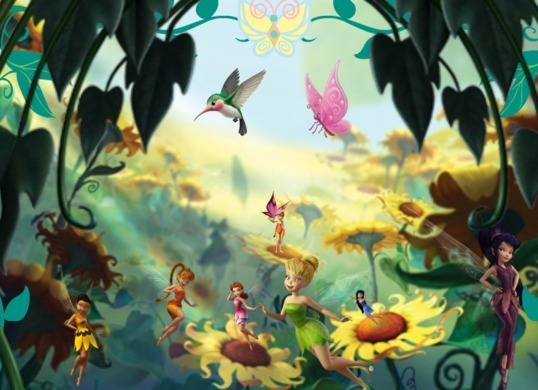“The Municipal Gallery Revisited” by William Butler Yeats was written is the year 1937 and was published in the volume called “Last Poems.” The poem is about the poet’s visit to the public gallery where he recalls the great events and the great figures of the last thirty years in which he was also a part.
SUMMARY:
Stanza 1: The poet is inside the gallery and he is looking at the paintings that deals with the events of the best thirty years of Ireland. The poet points out to some pictures. One of them shows the peasant ambush, other shows the picture of the pilgrims at the water side, another of the revolutionary, Roger Casement who stands behind bars in the court room. Then he points to a picture of Arthur Griffith who looks great in his patriotic pride and of Kevin O’Higgins whose questioning cannot hide his soul which is not at peace. The poet points to another picture of an anonymous soldier who is kneeling down to be blessed.
Stanza 2:
The following stanza begins with the picture of an Abbot or Archbishop who is portrayed as blessing the tricolored flag of Ireland with his upraised hand. The poet says that these pictures do not portray the dead Ireland that was once present in his youth but rather it represents the dreadful as well as joyful soul of Ireland. The poet then comes across a picture of a woman who was once his love- Maud Gonne. She was young and very cultured according to Venetian standards. Yeats says that she met this woman fifty years ago in the same studio for twenty minutes.
Stanza 3:
The poet is full of emotions and deep feelings. He sits down and covers his eyes in order to hide his heart-surge. All round he could only see permanent and impermanent images, representing his dreams. He points out the pictures out there- Augusta Gregory’s son, Hugh Lane who was his nephew and he was the one who collected all these paintings.
Stanza 4:
The following stanza talks of a painting of Augusta Gregory by Marcini, the famous painter since Rembrandt according to J.M Synge. The portrait is a high-spirited animated portrait but it does not show any qualities of her grand soul especially pride of her heritage and humility of her disposition.
Stanza 5:
Though the poet has become weak and lost his vitality in his knees, like a medieval knight he kneels down in front of Lady Gregory’s painting. The poet says that she looked after the poor and needy. In her household, honour was always available and no needy went back without being helped. When the poet was young and childless, he expected that his children might find a house like Gregory’s, where customs and traditions are established firmly. But the family has come to an end and the poet has never imagined that. The poet had not shed tears because like Spenser, he felt that no fox should dirty a place which the dog has kept clean.
Stanza 6:
The poet talks about an image that is borrowed from Spenser and from the language of the common people. The poet says that he, John Synge and Lady Gregory were inspired by an idea which said that whatever they say or sing should be connected to the people of the soil and should arise from the daily experiences. These will help them to record the dreams of noble men as well as the beggars on the same level.
Stanza 7:
The poem ends with the portrait of John Synge. Yeats says that Synge was a man who was rooted in the soil and forgot the idiom of an aristocratic society. He was a man with a serious face worried about the problems of life. The poet asks his readers not to judge him by his poems and plays but by his friends whose portraits are hung in the gallery. The readers can then be able to trace the phase and events of the Irish history. That is where man’s glory begins and also ends. The poet ends the poem by saying that his glory lies in the fact that he had such great and heroic men as his intimate friends.
STRUCTURE:
The poem consists of seven stanzas each consisting of eight lines. The poem records the events of Ireland and therefore it contains many images.
Some online learning platforms provide certifications, while others are designed to simply grow your skills in your personal and professional life. Including Masterclass and Coursera, here are our recommendations for the best online learning platforms you can sign up for today.
The 7 Best Online Learning Platforms of 2022
- Best Overall: Coursera
- Best for Niche Topics: Udemy
- Best for Creative Fields: Skillshare
- Best for Celebrity Lessons: MasterClass
- Best for STEM: EdX
- Best for Career Building: Udacity
- Best for Data Learning: Pluralsight














